
Way back in 1991, Geoffrey Moore’s now seminal Crossing the Chasm taught the startup community how to jump over the chasm between the early adopters and early majority customers. It’s a great book that I wish I could recommend far more often.
That is a wish rather than a commonplace occurrence as well before that chasm comes another, larger gap. The “pioneer gap“, also known as the “valley of death“. This earlier gap is part sales, and part fundraising. It is the Catch-22 created by needing funding to make enough sales to be “investable” by investors.
From the investors’ point of view, it’s often invisible. Early-stage investors (a.k.a. Angels) have a ton of choices on where to invest, and logically turn to the deals with more “traction“, a.k.a. sales (or for online apps and media, usage). Why would any investor take a chance on an unproven idea?
However, from the entrepreneurs’ point of view, this valley of death often seems frustrating, bordering on idiotic. Isn’t it the purpose of investors to invest in ideas? Don’t they see that my idea is going to be huge? It’s the best idea ever! Don’t they want to make money?
In my role, teaching entrepreneurs the realities of funding, and talking to Angels about dealflow, I see both points of view, and from my perch view this as a poorly designed marketplace.
With a multi-decade view of startup funding, what I see is a repeated pattern where inexperienced investors begin by falling in love with ideas, investing in them early. With investing experience, investors then move toward deals with more and more traction. This has happened to the VC community over the past twenty years. I see this happening now with the Angel community. And its already happened at TechStars, Y Combinator, and my own accelerator, Fledge.
I have a few ideas I hope to implement in 2016 to help fill this gap. If anyone reading this has ideas, please share them below. The startups are literally dying for lack of a bridge over this valley. We need some innovation in designing that bridge.






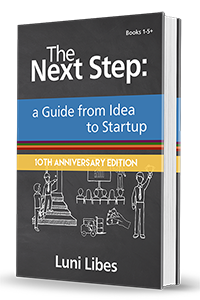
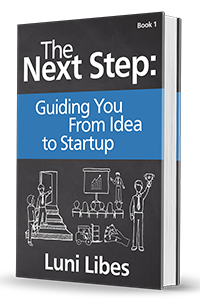
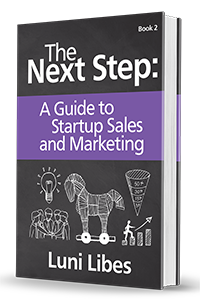
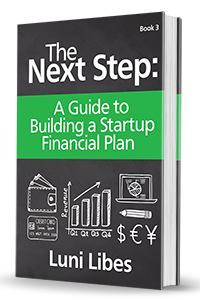
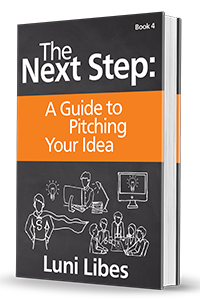
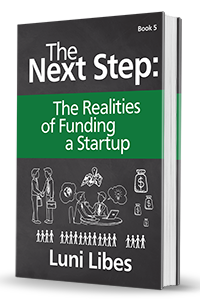
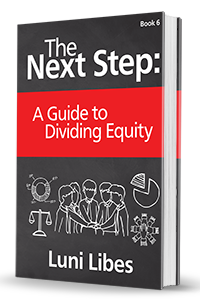
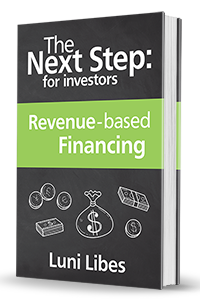
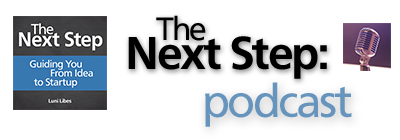
Great post Luni and challenge for our future in filling this gap. Three things come to mind as I consider this challenge:
1. Often times, even with clear guidance, start-ups try to do too much or be too big vs. building a small, almost toy like proto-type environment to allow for investors to experience their idea with a bit more tangibility. Build a small part of the idea and then build out the consumer or customer experience here too. Of course some ideas take a lot of money to develop into prototype but many do not which leads to my next point.
2. Frequently there are flaws in business plans about how much money is actually required to build out an idea. Founders need to be careful to not define their success by the amount of money they can possibly get but instead on the solution they are providing the world. A very detailed budget about what an idea will cost to prove and exactly how much each part and person is going to use to do so would help fill this gap I think. I hope most are centered here but I know of too many stories of the focus on getting funding and then the bad management of that funding either through the wrong team or the wrong allocation or the wrong budgets or all of the above.
3. What about a virtual environment (costs money to develop 😉 where a marketplace could be created for founders in various industries to build a virtual prototype, build the customer base for which need it fulfills and play out the scenarios of success and/or failure across 3-5 years?
1. See the Lean Startup is helping to fix this issue (http://amzn.to/1z1LU00).
2. I’ve made this mistake myself, under-estimating the financial need on one of my latter tech startups by a factor of three. But that was with a highly detailed financial model. One that like most, overestimated revenues.
3. A lot of people are trying to simplify customer discovery. It’s certainly orders of magnitude easier now than ever below in the history of mankind. There is no way I could be running a global accelerator program in 2000. The cost of finding global entrepreneurs would have ruined the business model. I see similar issues with many startups, but this isn’t true in all cases.